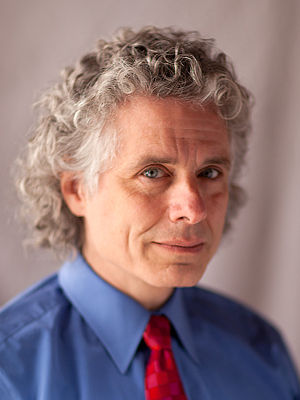Introduction to Psychology 1/IPSY102/Cognition/Overview
From WikiEducator
| “ | Humans are so innately hardwired for language that they can no more suppress their ability to learn and use language than they can suppress the instinct to pull a hand back from a hot surface. | ” |
| —Steven Pinker | ||
Why is it so difficult to break habits—like reaching for your ringing phone even when you shouldn’t, such as when you’re driving? How does a person who has never seen or touched snow in real life develop an understanding of the concept of snow? How do young children acquire the ability to learn language with no formal instruction? Psychologists who study thinking explore questions like these.
In this learning pathway you will be introduced to psychological research about thinking, language, and problem solving. By the end of this pathway you will have a greater appreciation of the higher-level cognitive processes that contribute to our distinctiveness as a species.


